
Tarangire National Park
Tanzania's second-largest national park famous for massive elephant herds, ancient baobab trees, and the Tarangire River. Best visited July-November.
national park
About Tarangire National Park
Tarangire National Park is Tanzania's second-largest national park and a hidden gem on the Northern safari circuit, renowned for its extraordinary elephant populations and stunning landscape dotted with ancient baobab trees. Covering 2,850 square kilometers, the park is characterized by the Tarangire River, which serves as the lifeblood of the ecosystem, particularly during the dry season when it becomes the primary water source for miles around. The landscape transitions from acacia shrubland and mixed woodland to vast seasonal swamp networks in the south, creating diverse habitats that support an incredible array of wildlife. During the dry season (July to November), the park experiences a remarkable wildlife concentration as animals converge on the river, with elephant herds of up to 300 individuals documented digging for underground streams in dry riverbeds. Beyond its famous elephants, Tarangire supports significant populations of wildebeest, zebra, buffalo, impala, gazelle, and various antelope species, along with predators including lion, leopard, and smaller carnivores like black-backed jackals and bat-eared foxes. The park is also a birding paradise with over 500 bird species recorded, making it exceptional for ornithological enthusiasts. Game drives are highly rewarding throughout the day in the dry season, with early morning and late afternoon being optimal for predator viewing, while midday heat brings large elephant herds to waterholes. For those seeking deeper wilderness connection, walking safaris with armed rangers and night drives offer unique perspectives on the park's nocturnal wildlife.
Wildlife to See
Flora & Vegetation
Activities & Experiences
Landscape & Terrain
Tarangire features diverse landscapes including acacia shrubland, mixed woodland, and vast seasonal swamp networks in the south. The park is studded with ancient baobab trees and dominated by the Tarangire River valley. Grassland areas dubbed 'Little Serengeti' offer excellent wildlife viewing.
Conservation Efforts
Tarangire National Park is actively managed for wildlife conservation. The park supports critical elephant populations and serves as part of the greater Tarangire migratory ecosystem. Conservation efforts include habitat management, anti-poaching initiatives, and community-based conservation programs. Several luxury camps operate under ecofriendly principles and contribute to local conservation.
Local Communities
Tarangire is bordered by wildlife management areas and community reserves managed by local Mbugwe and Maasai peoples. Several lodges operate in private concessions leased from local Maasai communities. Maasai village visits are available at some camps, providing cultural experiences and supporting local communities.
Photography Tips
Early morning and late afternoon light is best for photography. Bring telephoto lenses for wildlife. The baobab trees create stunning photographic subjects, especially at sunrise/sunset. Midday heat creates haze; avoid shooting during peak sun. Night drives offer unique nocturnal wildlife photography opportunities.
Safari Packages (18)

14-Days Ultimate Kenya Safari: 14-Day Wilderness Expedition
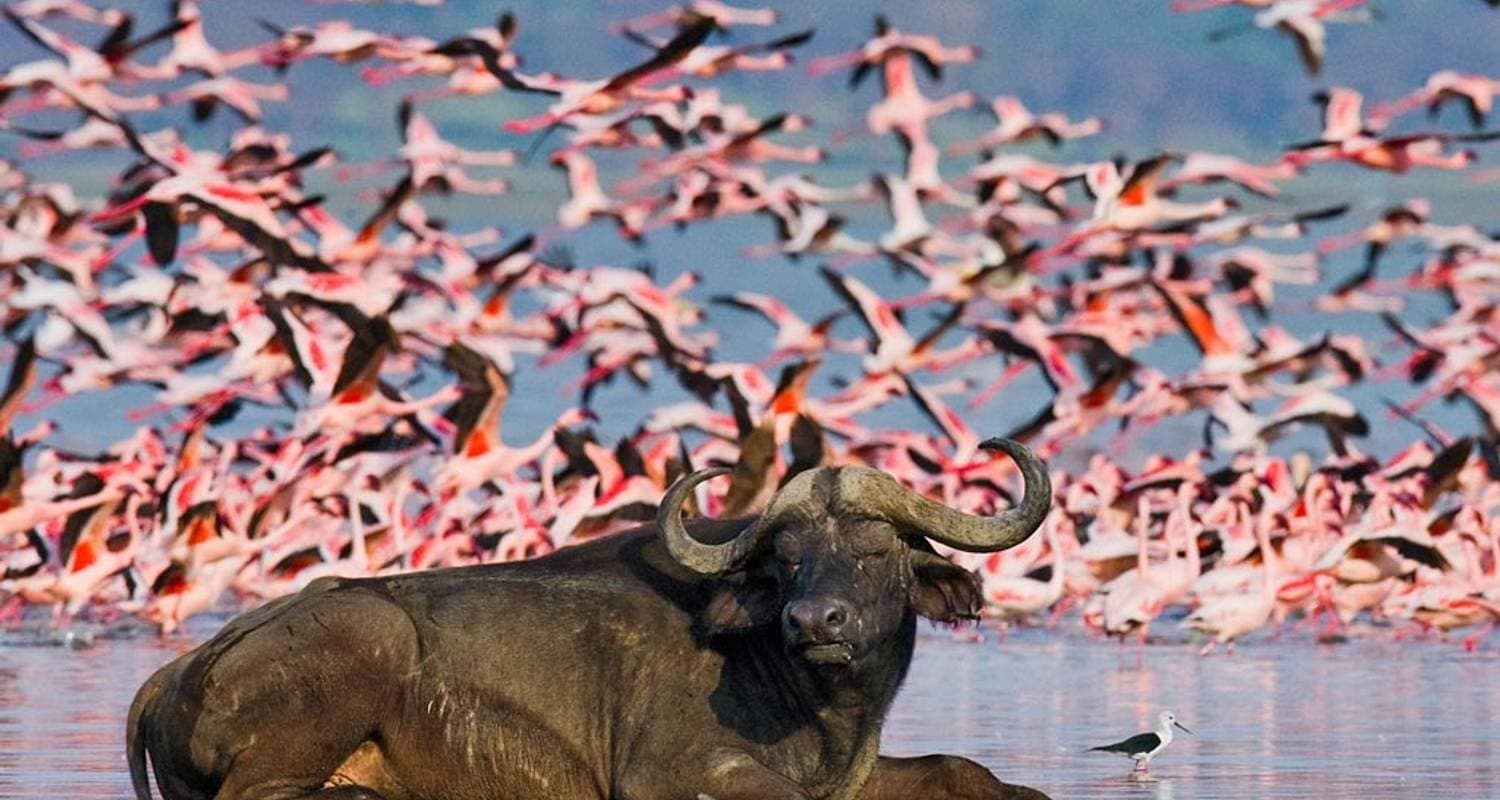
13-Days Kenya-Tanzania Explorer: 13-Day Dual Nation Safari

12-Days Tanzania's Golden Circle Wildlife Expedition

5-Days Northern Tanzania Wildlife Explorer Safari

10-Days Tanzania's Greatest Wildlife & Beach Escape

10-Days Tanzania's Greatest Wildlife and Beach Escape
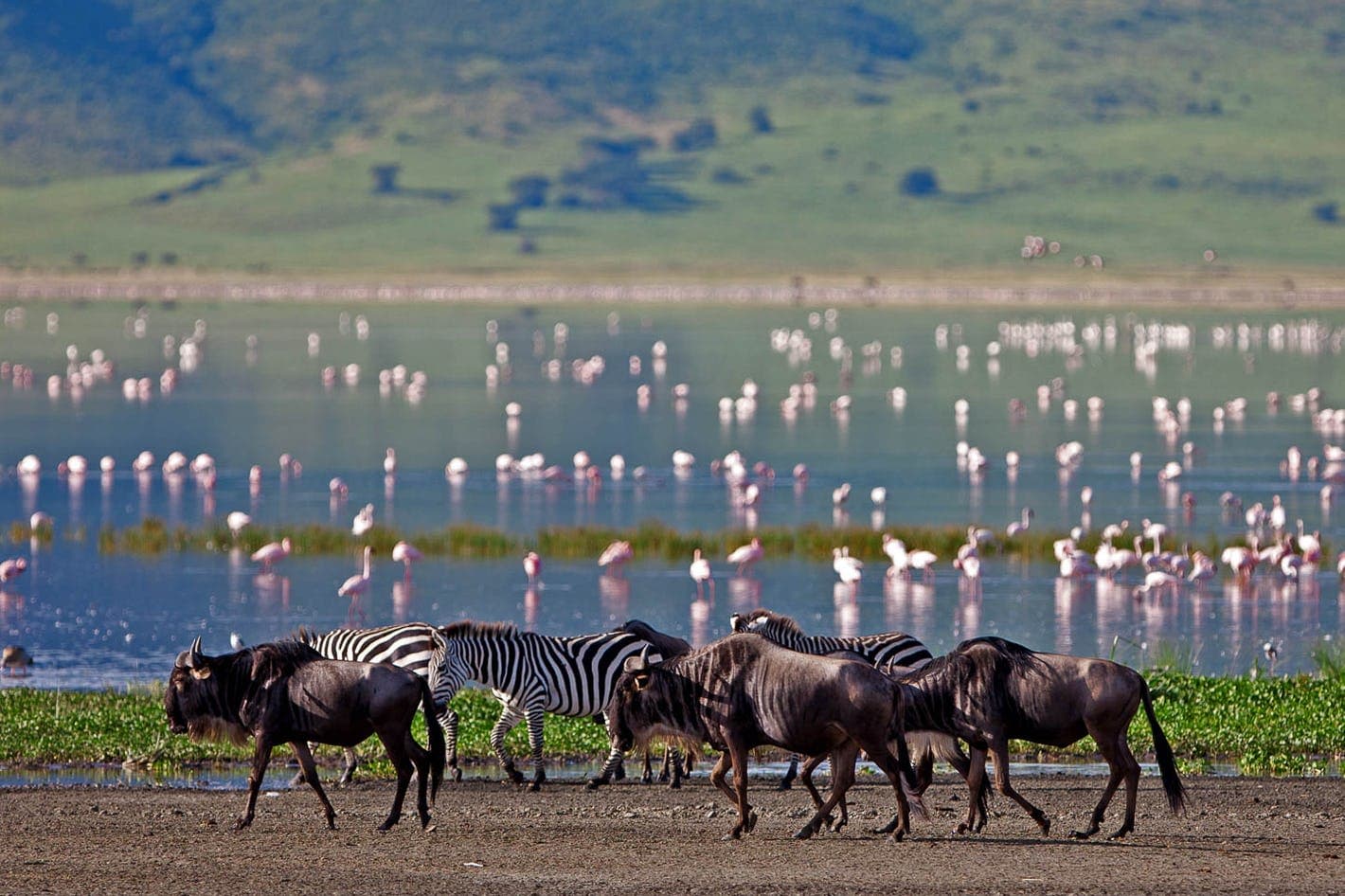
5-Days Northern Tanzania Wildlife Adventure
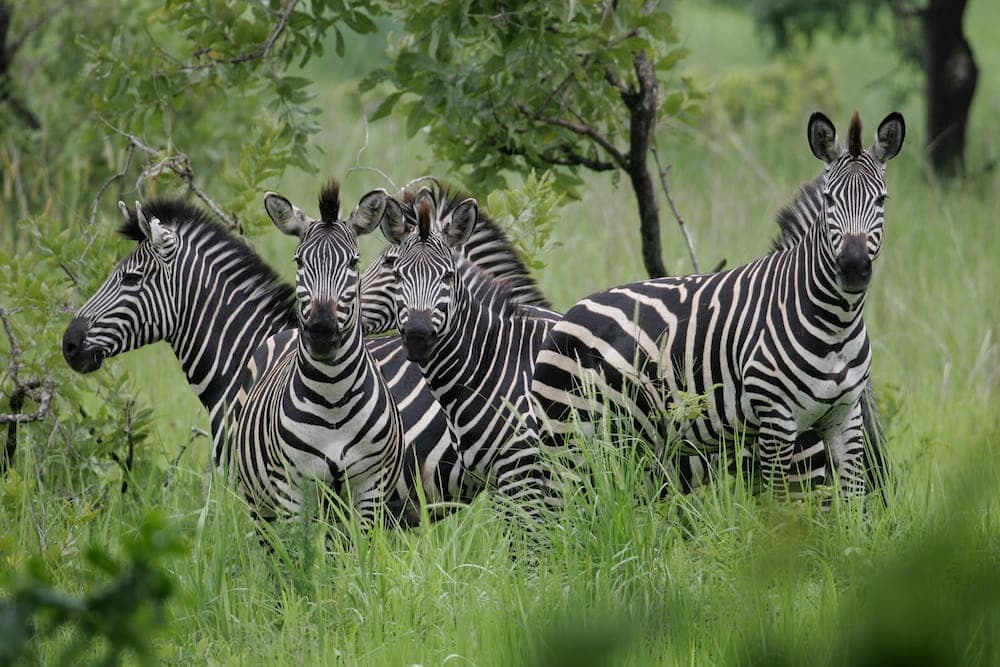
12-Days Tanzania's Ultimate Wildlife & Beach Escape

14-Days Tanzania's Ultimate Mountain & Beach Escape
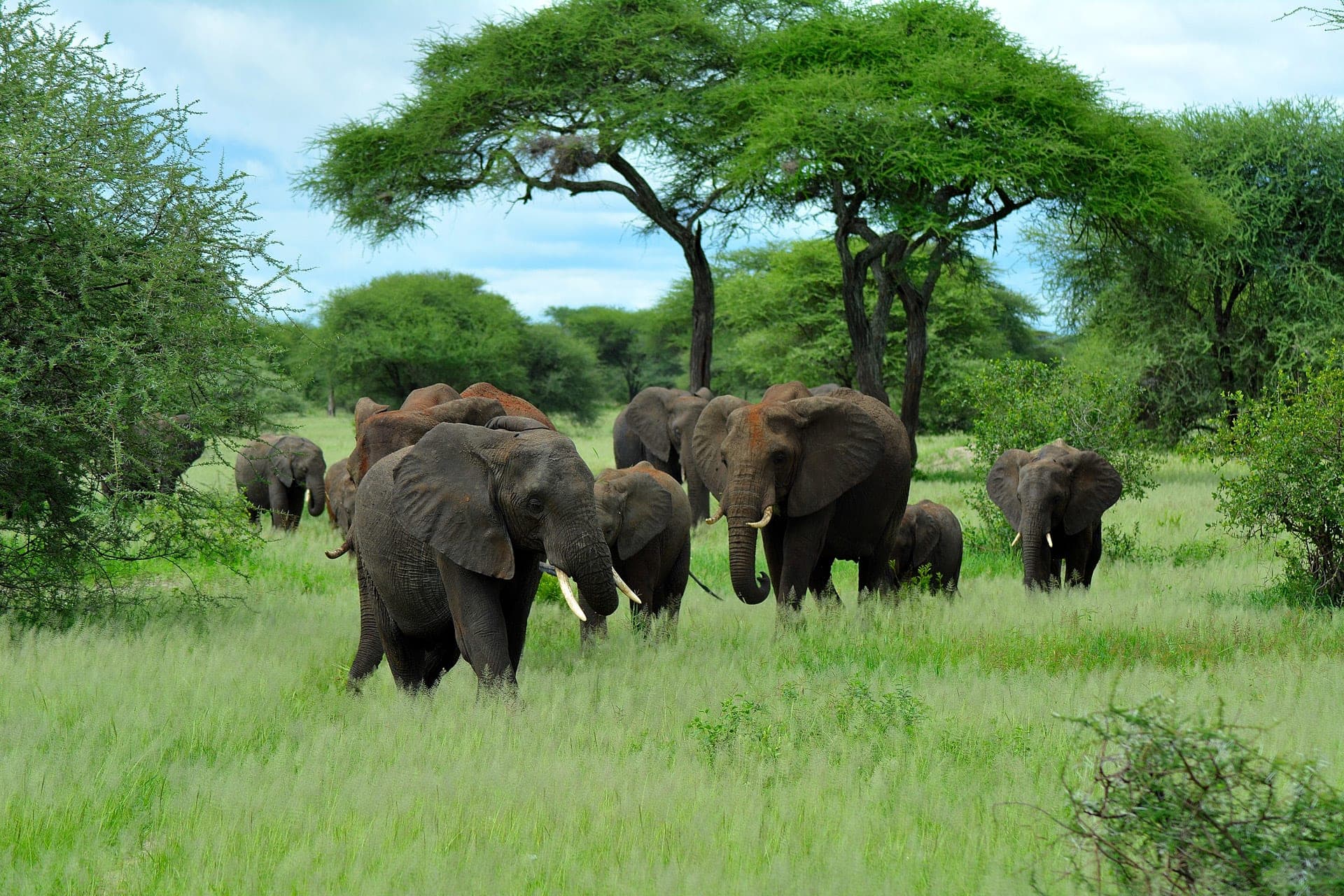
5-Days Tanzania's Ultimate Big Five Experience
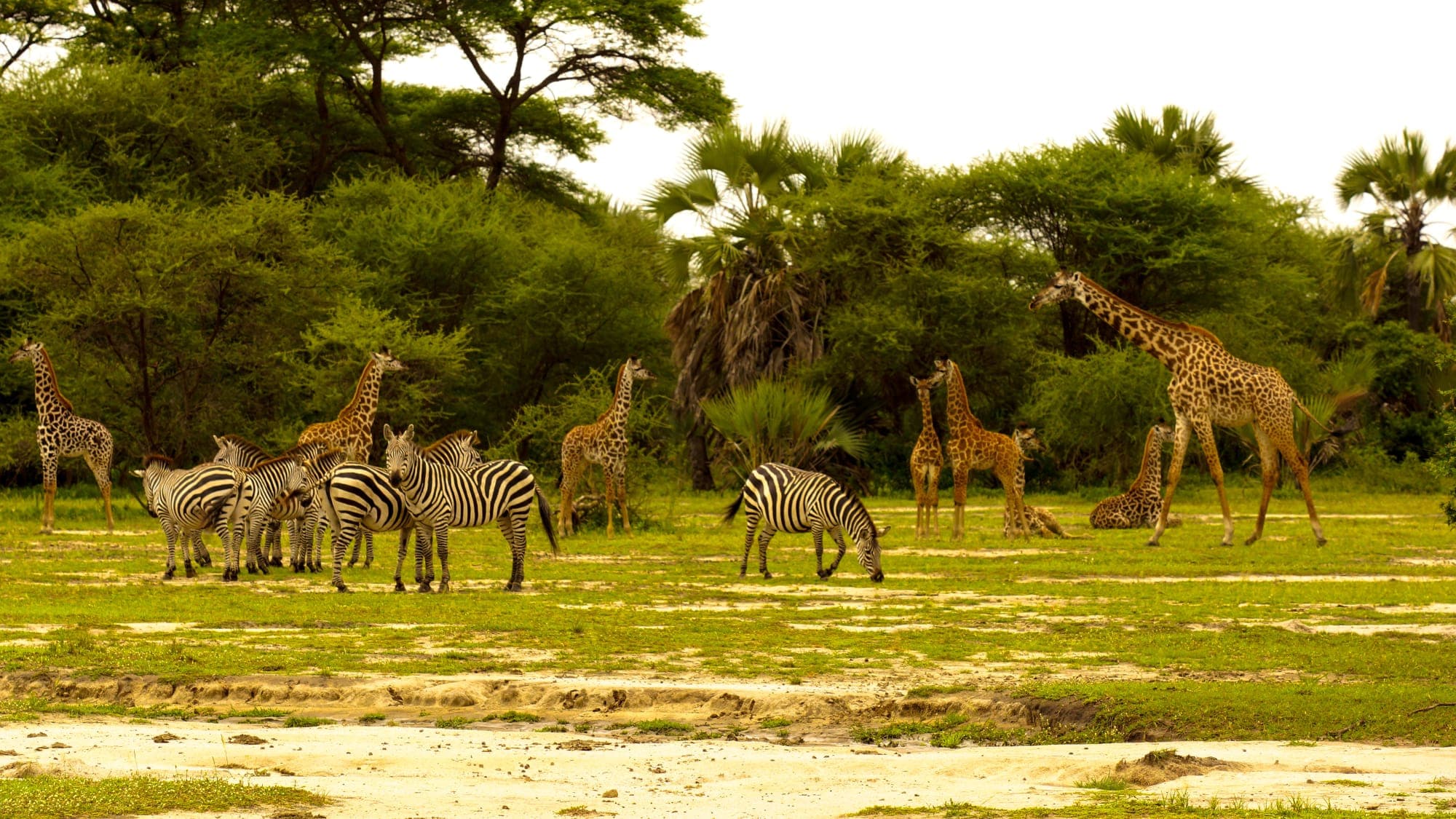
6-Days Classic Tanzania Wildlife Explorer
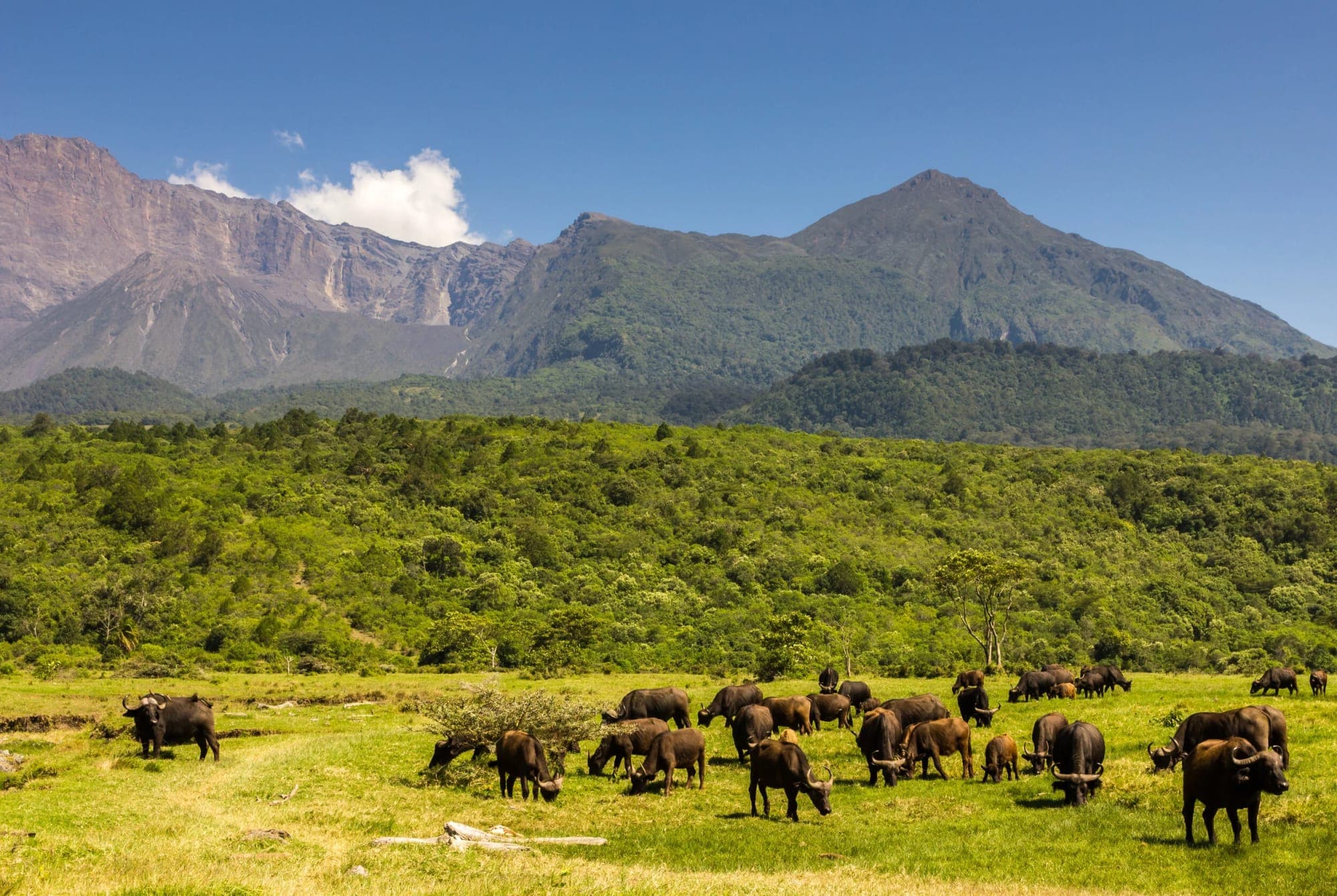
12-Days Ultimate Tanzania Wildlife & Culture Explorer
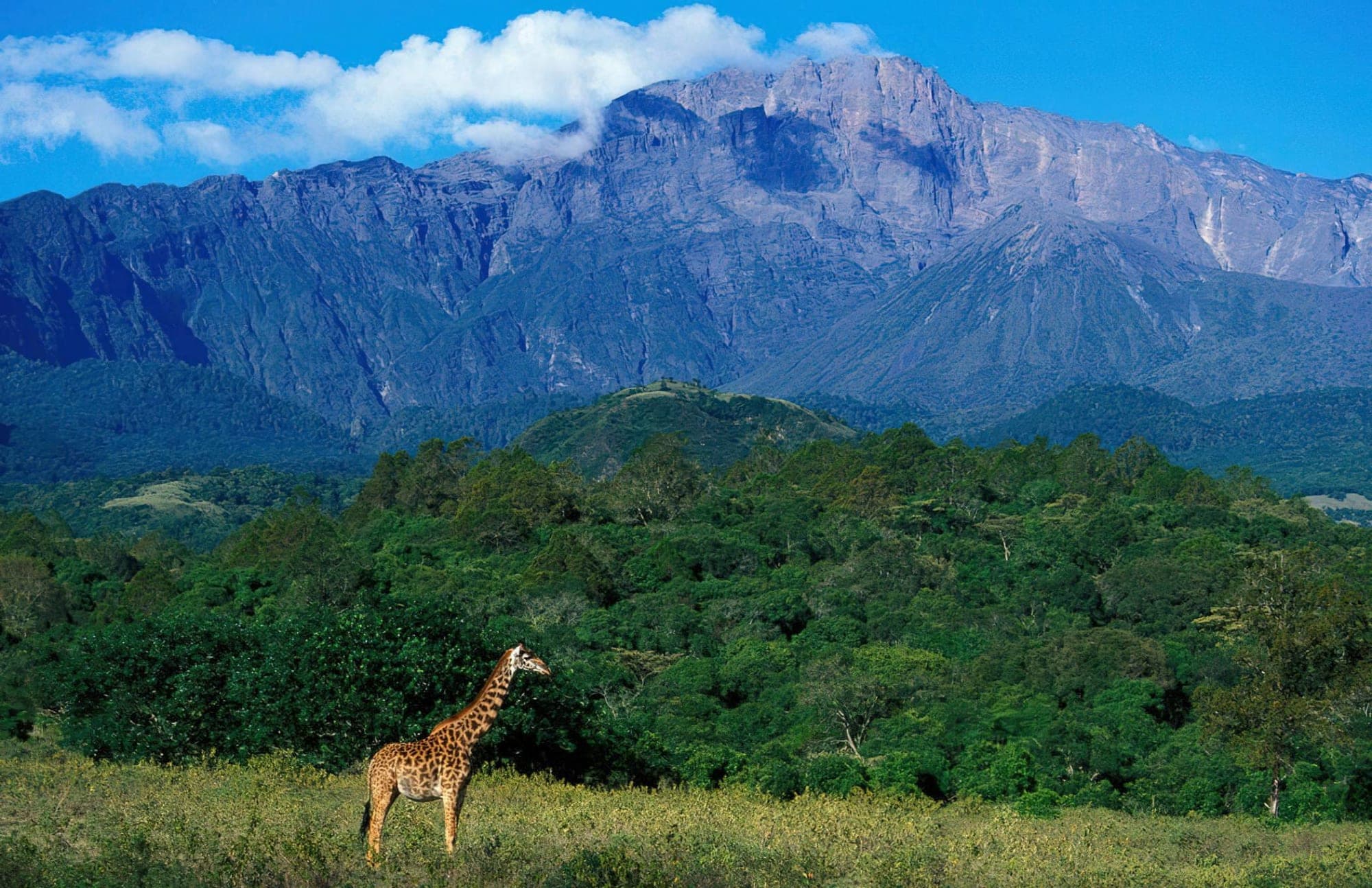
14-Days Ultimate Tanzania Safari & Zanzibar Escape
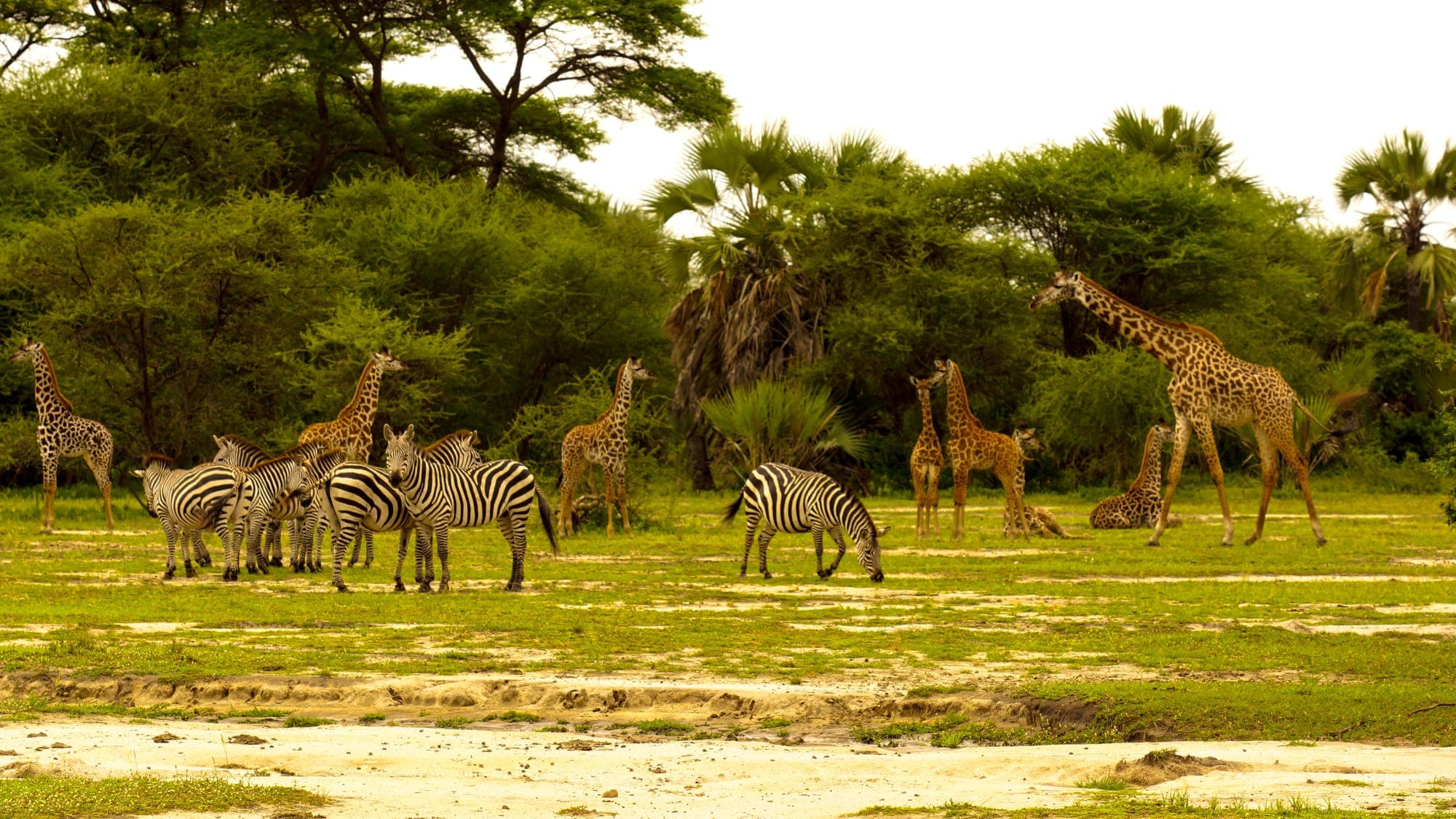
10-Days Ultimate Tanzania Safari & Zanzibar Escape
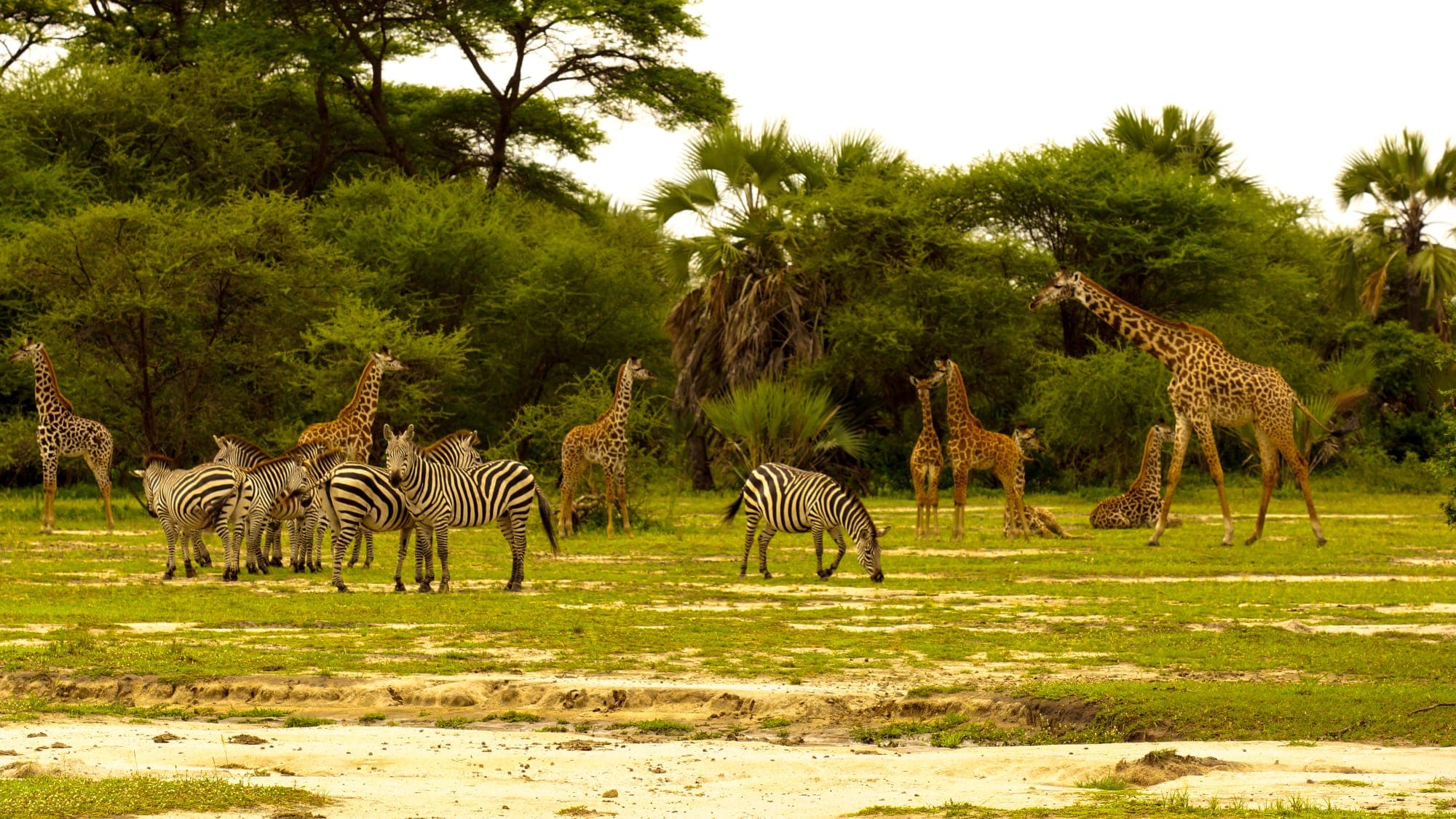
8-Days Ultimate Tanzania Wildlife Safari Experience
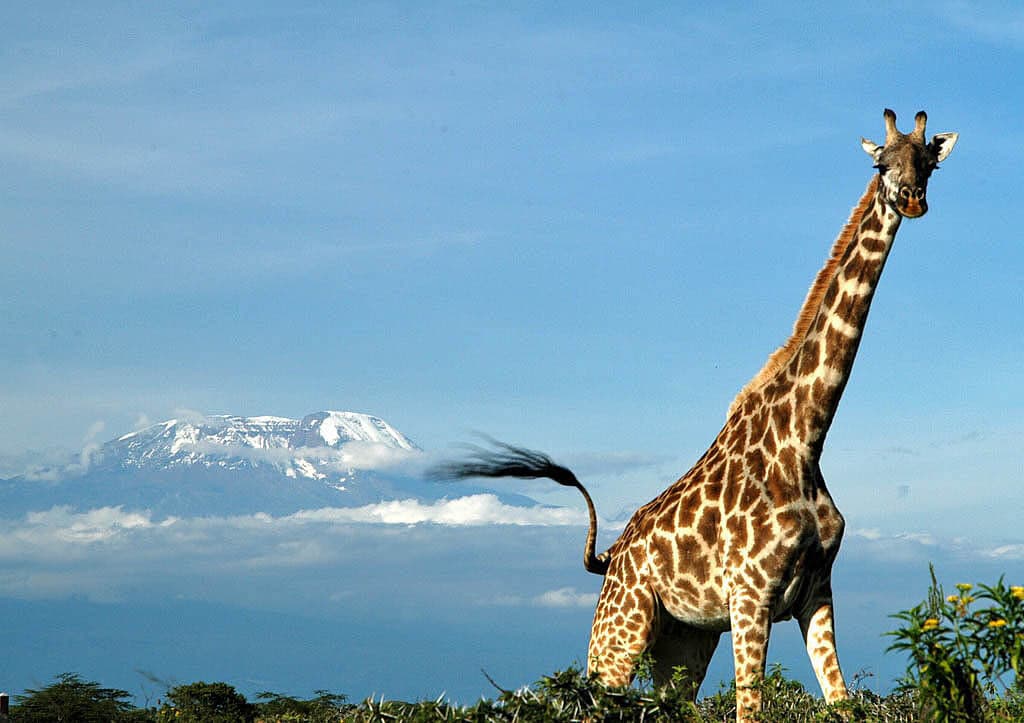
14-Days Ultimate Tanzania: Mountains, Crater & Zanzibar

1-Day Tarangire Wildlife Adventure - Day Safari
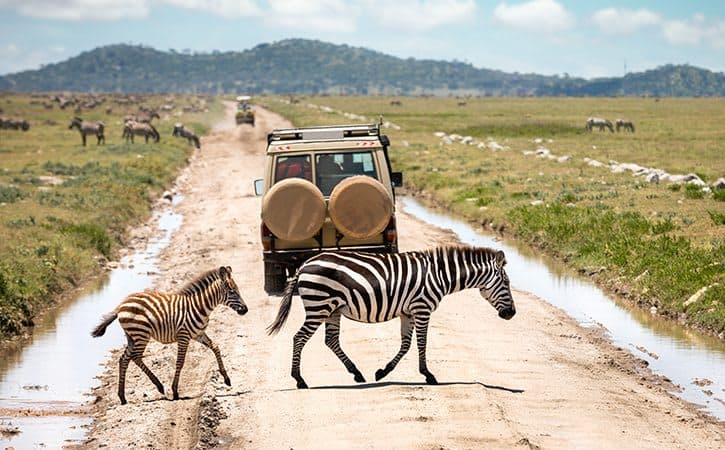
14-Days Northern Tanzania & Zanzibar Beach Escape
Quick Information
Established
1970
Size
2,850 km²
Elevation
1,257 meters
Recommended Duration
2 days
Entry Fee
$53 USD
Average Cost/Day
$150 USD
Best Time to Visit
July to November is the best time to visit Tarangire National Park. During these dry season months, animals are attracted to the Tarangire River, the main water source for miles around. Large elephant herds, wildebeest, zebra, and other wildlife congregate at shrinking lagoons and waterholes. Pack warm clothing for early morning game drives as temperatures are cold when the sun is low. June to October sees peak visitor numbers.
Getting There
Tarangire is located approximately 2 hours from Arusha. Most visitors fly into Kilimanjaro International Airport or Arusha Airport, then drive to the park. The park has two main gates: Sangaiwe Gate (north) and Tarangire Gate (south). Self-drive is possible but guided tours are recommended.
Nearest Airport: Kilimanjaro International Airport (KIA) or Arusha Airport
Nearest Town: Arusha
Accommodation Options
Conservation Status
Protected national park with active wildlife management and conservation efforts
Start Planning Your Visit
Compare packages from verified operators and find the perfect safari experience